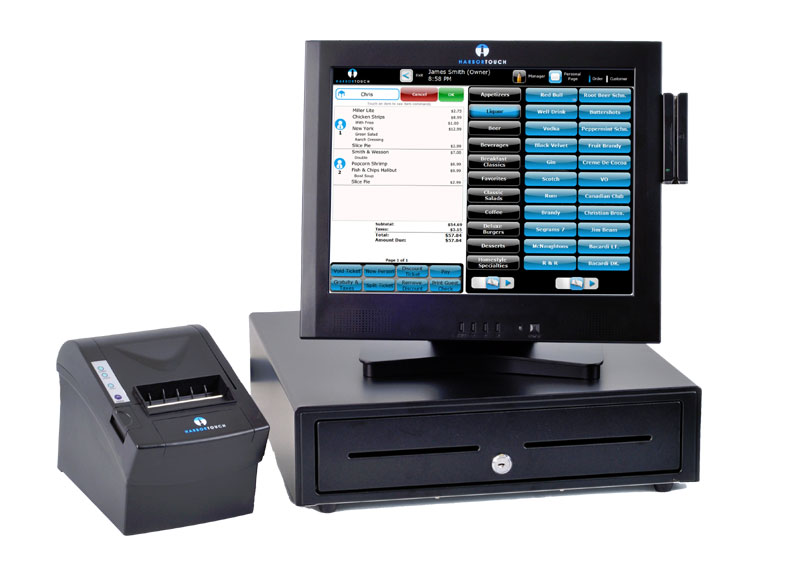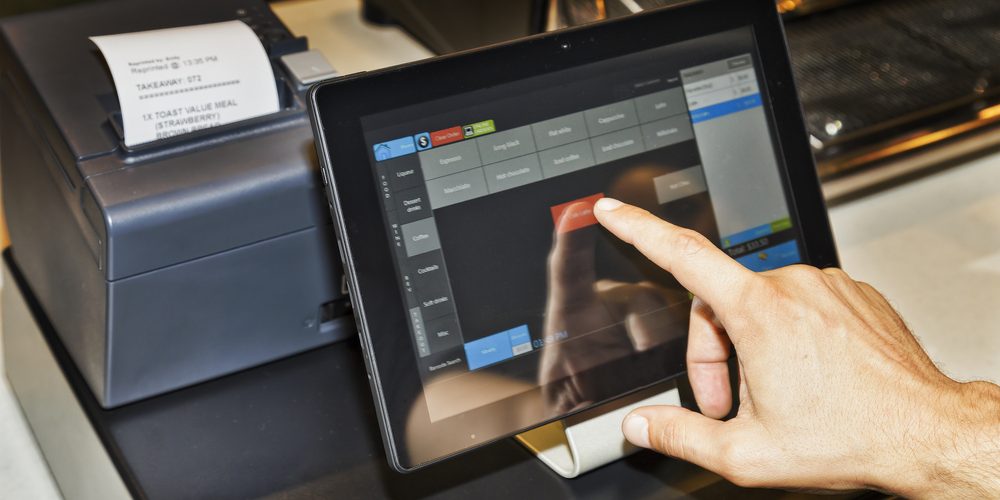How POS System Functions: A Comprehensive Guide for Entrepreneur
A POS system acts as a crucial device for modern-day services, integrating numerous elements to improve procedures. It encompasses equipment like barcode scanners and software application offer for sale tracking. This system not only processes transactions however likewise handles supply and assesses consumer habits. Understanding its functionality can greatly impact a company's efficiency and decision-making. What are the crucial components that contribute to this performance? Discovering these components uses important understandings.
Understanding the Parts of a POS System
A Factor of Sale (POS) system is composed of a number of essential components that collaborate to help with deals and take care of business operations. At its core, the hardware includes devices such as a sales register, barcode scanner, invoice printer, and settlement incurable, all essential for processing sales (Restaurant POS Software). The software application part handles inventory, sales tracking, and customer information, supplying important understandings for company decisions.Additionally, data sources keep deal records and customer details, ensuring data integrity and safety and security. Network connection enables real-time updates and accessibility to cloud-based services, improving operational performance. Interface, designed for convenience of usage, permit team to browse the system promptly, decreasing training time. With each other, these elements create a cohesive system that improves the sales process, boosts customer support, and aids in effective monitoring of business resources. Recognizing these parts is vital for entrepreneur looking for to maximize their POS systems
How Sales Deals Are Processed
When a customer chooses to purchase, the sales transaction launches a series of organized steps within the POS system. The cashier inputs the products being bought, which are checked with a barcode viewers or manually gotten in. This activity fetches product details, including pricing and relevant tax obligations, from the system's database.Next, the customer is presented with the complete amount due. The POS system then refines the settlement, whether via cash money, bank card, or mobile settlement approaches. For electronic payments, the POS safely connects with payment cpus to authorize and verify the transaction.Once the settlement is verified, the system produces an invoice, which can be published or sent digitally. This invoice offers as receipt for the customer. Finally, the deal data is recorded in the system, making certain precise sales records and financial tracking for business.
Supply Administration and Monitoring
Efficient stock management and monitoring are important elements of a POS system, as they assure that businesses maintain suitable supply levels and reduce disparities. A durable POS system enables real-time stock updates, reflecting sales and returns immediately. This enables local business owner to monitor supply levels accurately, ensuring that prominent things are conveniently available while stopping overstocking of much less popular products.Additionally, progressed POS systems provide functions such as computerized supply informs and reorder suggestions, enhancing the purchase process. Barcoding and RFID modern technology boost precision in tracking stock movement, reducing human mistake. Comprehensive coverage devices supply insights into inventory turnover prices, aiding organizations make notified choices regarding acquiring and product offerings. Inevitably, effective supply monitoring through a POS system not only enhances functional effectiveness however likewise enhances client fulfillment by making certain item schedule.

Analyzing Customer Information and Insights
Client information evaluation acts as a powerful tool for companies using a POS system. By collecting and examining purchase data, services can uncover useful insights regarding customer behavior and choices. This analysis enables them to identify buying trends, peak purchasing times, and prominent items, consequently notifying stock decisions and advertising and marketing strategies.Additionally, businesses can visit sector their consumer base, permitting personalized advertising efforts that deal with details demographics or buying behaviors. Comprehending consumer loyalty patterns also helps in developing targeted promotions and rewards programs.The data amassed from a POS system can likewise find out this here reveal understandings right into consumer feedback, allowing services to make educated choices relating to product offerings and solution renovations. Ultimately, leveraging consumer information effectively can improve the general purchasing experience, foster consumer complete satisfaction, and drive revenue development.
Benefits of Executing a POS System
Executing a POS system provides many benefits that can greatly improve service operations. To start with, it enhances purchase procedures, reducing wait times and boosting customer fulfillment. By automating sales processes, companies can reduce human error and guarantee precise record-keeping. Furthermore, a POS system offers important information analytics, making it possible for owners to track sales trends and stock degrees in real-time. This understanding supports notified decision-making, helping to optimize supply administration and advertising strategies.Moreover, several POS systems incorporate with other business devices, such as audit software application, streamlining economic management. Improved employee management functions, such as tracking hours and efficiency, additional add to operational efficiency.Lastly, the execution of a POS system can bring about boosted profits with boosted consumer experiences and critical insights, eventually cultivating company growth and sustainability.
Often Asked Inquiries
What Kinds Of Organizations Can Gain From a POS System?

Just how Much Does a POS System Commonly Price?
The expense of a POS system usually ranges from a couple of hundred to numerous thousand bucks, depending on functions, equipment, and software application - Restaurant POS Software. Businesses have to take into consideration continuous charges for maintenance, assistance, and purchase handling when budgeting

Can I Integrate a POS System With Existing Software?
Incorporating a POS system with existing software program is usually possible. Several systems offer APIs or built-in compatibility functions, allowing organizations to improve operations and enhance performance by connecting different software applications properly.
What Training Is Required for Personnel to Make Use Of a POS System?
Training for personnel to make use of a POS system usually consists of understanding software functionalities, refining transactions, taking care of stock, and handling customer communications - Restaurant POS Software. Practical presentations and hands-on session improve proficiency and confidence in utilizing the system properly
What Takes place if the Web Goes Down While Using a POS System?
If the net goes down throughout POS system usage, deals might these details be interrupted. Lots of systems use offline capacities, allowing basic procedures to continue, yet full functionality, including real-time inventory updates, will be restricted.